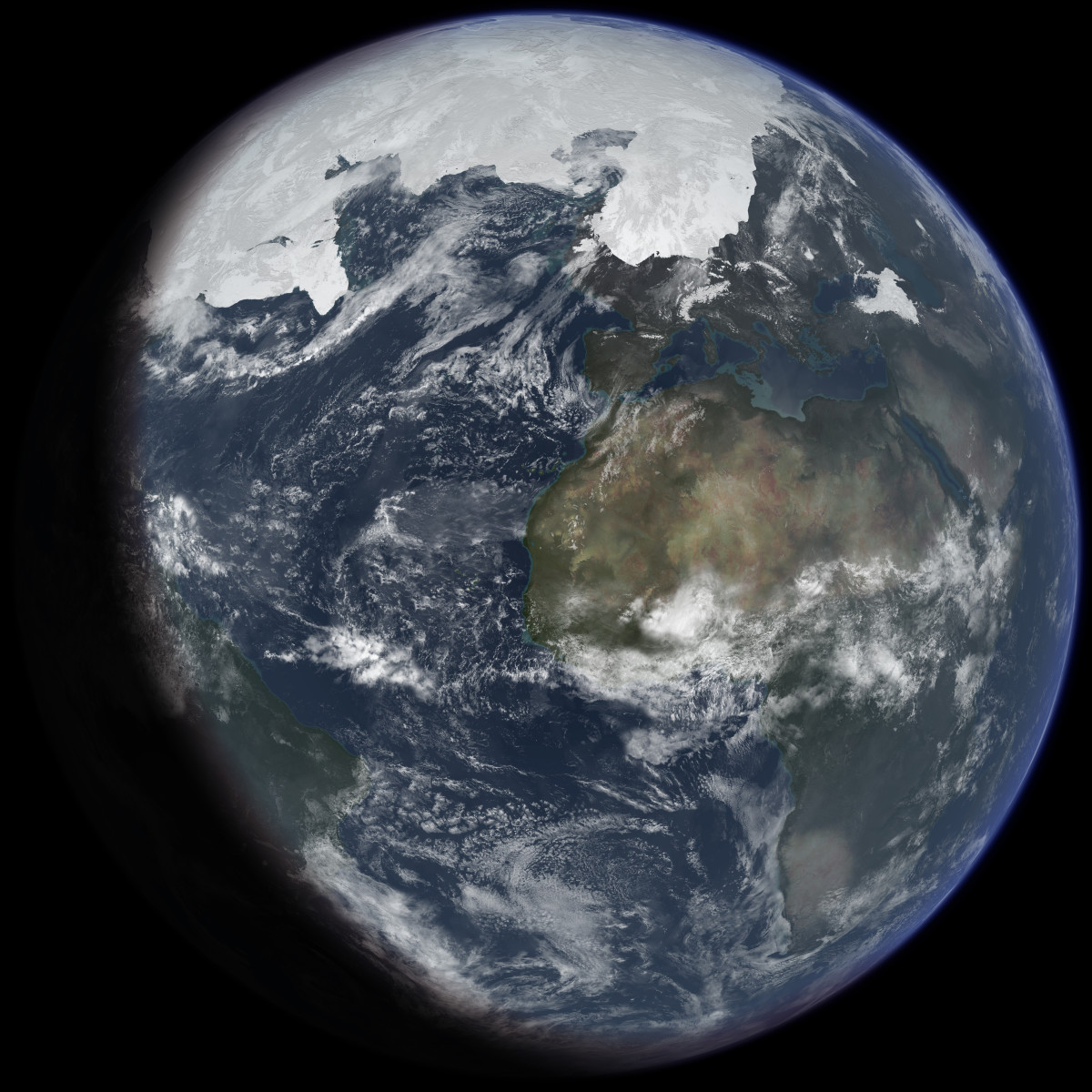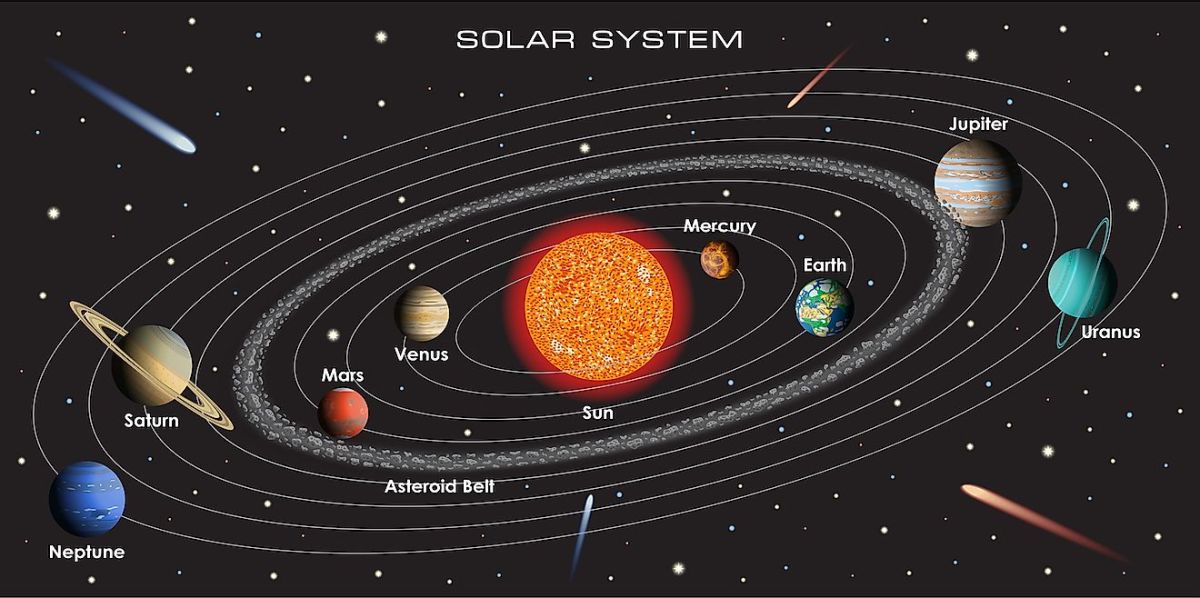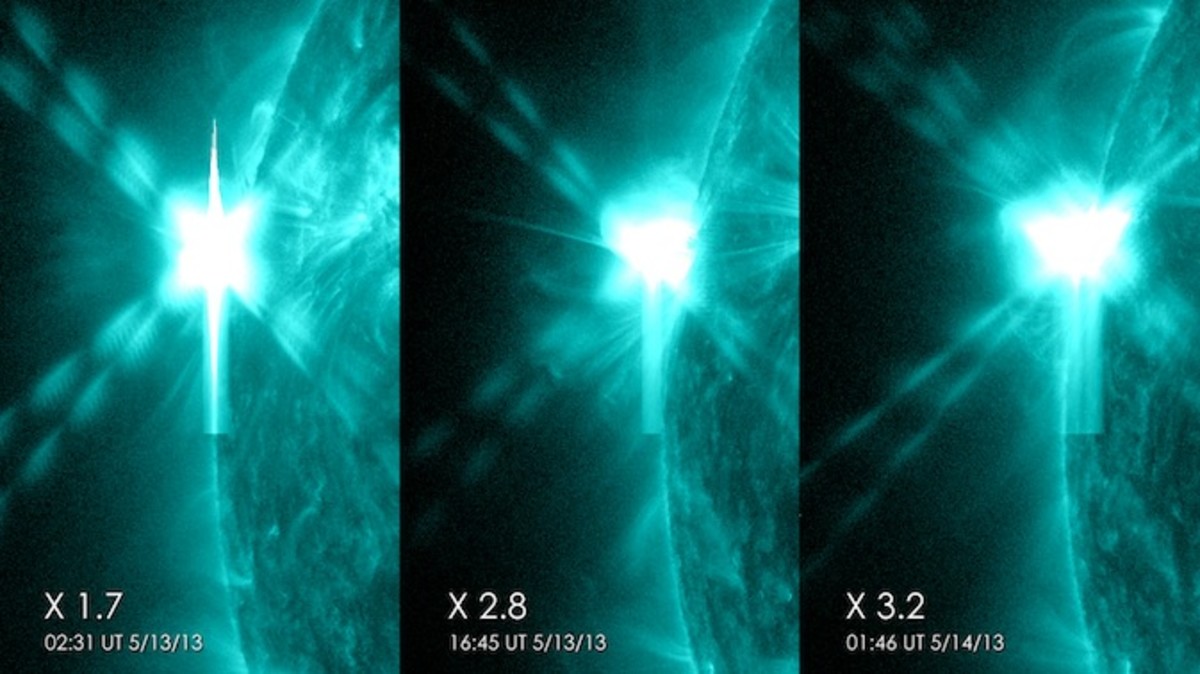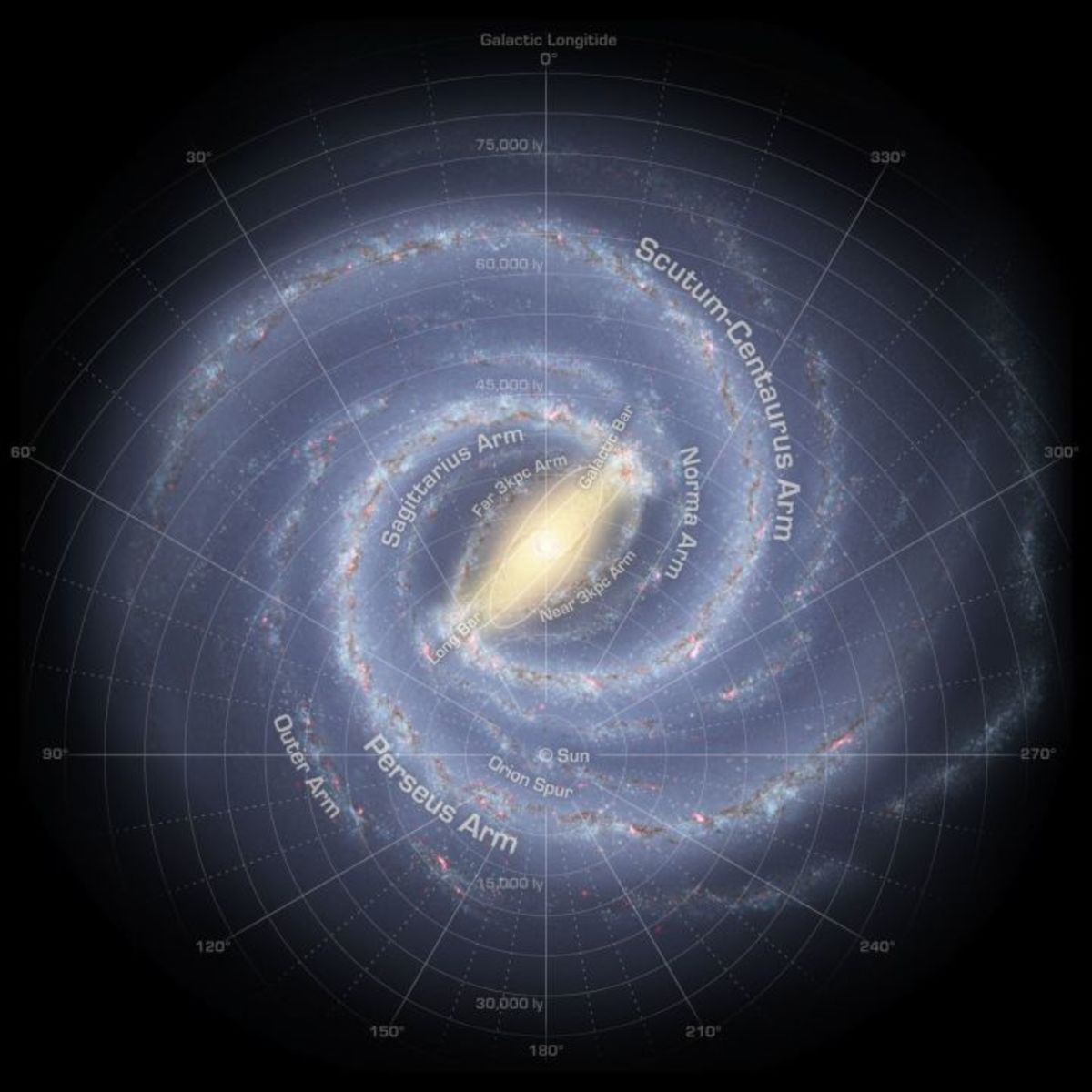Time Starts With a Tick or a Tock; but in What Country?
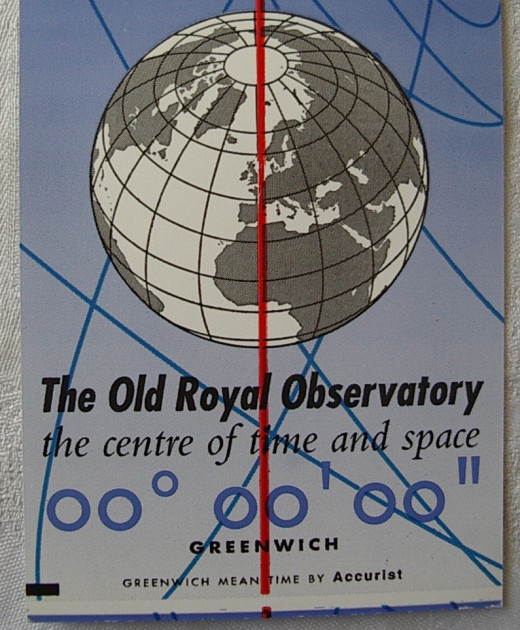
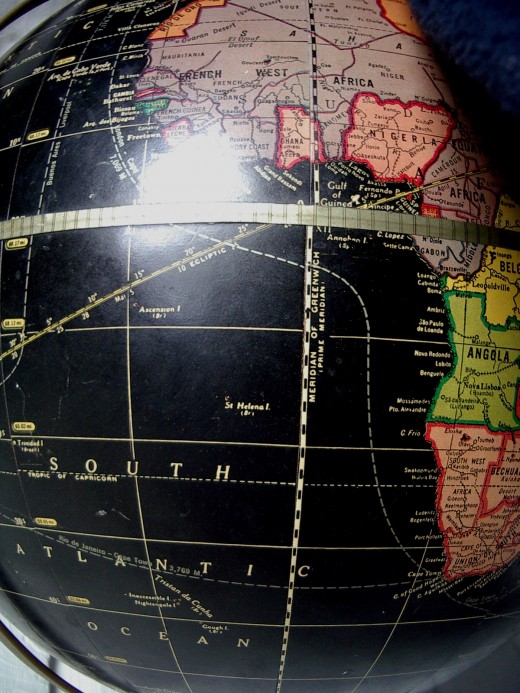
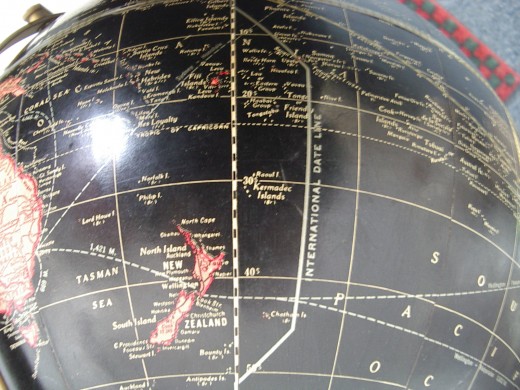
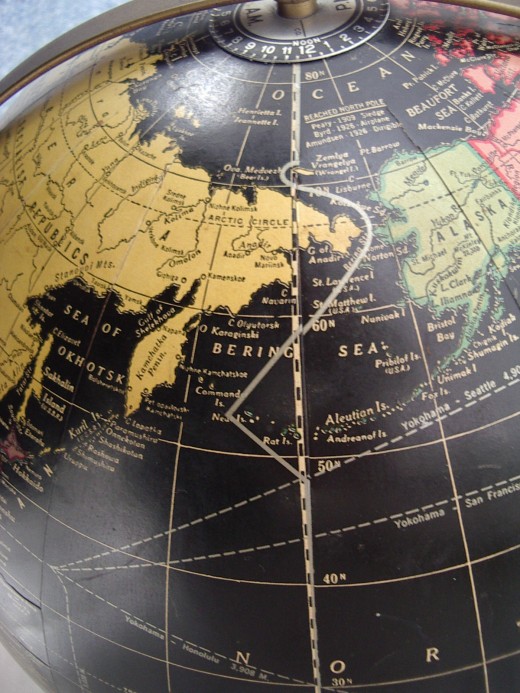
the only reason for time is so that everything doesn't happen at once..Albert Einstein
Obviously old Al was never a teenager, when time appears to stop moving, especially on long car journeys, but you’d think he’d have understood when he was a senior that time causes days and years to meld together seamlessly.
Just where does time start – at Midnight or Midday? Or does it begin at the National Maritime Museum in Greenwich, London, UK? After all, the museum does boast that it is the ‘centre of time and space.’ You can stand astride the brass strip embedded in the grass that marks the Prime Meridian of Greenwich Mean Time; with one foot 24 hours behind the other.
I don’t know about you, but I often feel like that, especially on a cold winter morning. Time isn’t something that bothers us too much, except when we know there is never enough of it. We know that the day starts when the sun rises and ends when the sun sets. Deep down we know that the planet is doing the moving, not the sun, but that’s the least of our thoughts as we rub the sleep from our eyes.
Even when I’m wide awake the thought that I’m living on a spinning ball of mud gives me headaches. Every 24 hours the Earth rotates on its axis, the imaginary straight line that runs from the North Pole to the South Pole, much like the core of an apple.
The earth rotates 360 degrees (360˚) every 24 hours.
The earth rotates 15 degrees (15˚) every 1 hour.
The earth rotates 1 degree (1˚) every 4 minutes.
So the next time you hard boil an egg the Earth has turned 1˚, and the next time you endure an hour long mind-numbing church sermon, the planet hasn’t really turned 360˚, it has only turned 15˚.
Magellan is the favourite person to blame for this rotation business. After all, it was his round the world expedition that brought the spin to the notice of the world. When the survivors of his 3 year circumnavigation arrived back in Europe in 1522 aboard their remaining ship Victoria, they discovered they had lost a day - because they had sailed westwards, against the rotation of the earth.
Although this lost day guaranteed the expedition certain notoriety, it didn’t make a blind bit of difference to the ordinary peasants. A day was still a day, no matter what date you gave it. In the Middle Ages, people didn’t travel any distance, and each region and town had its own timetable. It would be Earth’s tilt – the one that causes the seasons – that would be most noticeable.
Once you accept the Earth’s rotation as fact instead of fiction, and think about it for 4 minutes – or even a degree of rotation – it is obvious that time cannot be the same in every part of the globe. But it wasn’t until mankind became world travelers that the rotation of the planet made any difference to humanity and even then it only irritated a few sea captains. The popularization of locomotives was what ensured that mankind traveled fast enough on a regular basis to consider having separate times.
It wasn’t until I immigrated to Canada that the Earth’s rotation made any difference to my life. I accepted the time change after crossing the Atlantic without any fuss; after all it was one of the chores of travelling. What did astonish me was the fact that after driving from Ottawa to New Brunswick to see the famous Hopewell Rocks, I had to change the time on my watch. On a normal everyday road trip we’d crossed from the Eastern Time zone into the Atlantic Time zone - in the same country?
And then discovering that there were 5 different time zones in Canada – not counting Newfoundland, had me gob-smacked. My interest was further piqued when I was told that a Canadian had invented time zones at the International Meridian Conference.
The Canadian in question, Sir Sandford Fleming, was actually a Scots-Canadian, born in the Kingdom of Fife, Scotland. Sir Sandford was an engineer who was responsible for mapping out the route for the trans-Canadian railway network connecting the Atlantic and Pacific coasts. He was also a passionate believer in connecting Australia to Canada via undersea telephone cable.
But ..The International Meridian Conference was held in Washington in 1884. Delegates from 25 countries attended the conference and the sole purpose of the Conference was to choose which country should have the honour of being the home of Longitude 0˚. Apart from agreeing to GMT, the conference had nothing to do with time and as far as I knew Sir Sandford Fleming hadn’t attended. I decided to do some researching.
* * *
I discovered that the railroads had been instrumental in the adoption of separate time zones. In 1870, an American, Charles F. Dowd, A.M. PHD (1825-1904) of Saratoga Springs published a pamphlet, ‘A System of national Time for Railroads’ suggesting that the US railroads used a system of 4 time zones, each one separated by one hour and 15 degrees. The Unites States railroads adopted Standard Time, a similar system to Mr Dowd’s in 1883, the year before the International Meridian Conference, but with the time zone borders in more acceptable locations for them. (I found it ironic that Charles ‘died under the wheels of a locomotive.’)
In England, Dr William Hyde Wollaston (1766-1828) is given the credit for first coming up with the idea of time zones, but I can find no mention of this in any material referring to him. Abraham Follet Osler (1808–1903), a member of the Birmingham Philosophical Institution is credited with making the idea popular and was instrumental in synchronizing Birmingham’s clocks with Greenwich Mean Time. British Railways are noted for changing to GMT by 1847.
(I was born in Scotland, a country that is so small that a Roman emperor, Antoninus Pius, built a wall across it in AD 142; admittedly he built it across the narrowest part of the country, but it had 19 fortlets and was still only 39 miles long. The country at its widest can’t be more than 15 minutes off GMT, and when I lived there time zones had no consequence at all on a journey north in the Flying Scotsman from London to Edinburgh)
Sir Sandford did put forward the idea of the whole world being separated into 24 segments of longitude, each one an hour (15˚) wide. It is this system that is in use today – with minor variations.
* * *
As for the International Date Line, there seems to be nothing International about it. I can find no reference to any meeting, conference or even barbecue where the idea was discussed or voted on. Once Sir Sandford’s idea was implemented and his arcs of longitude were accepted as beginning at Greenwich, it seems to have been extremely logical to use 180˚ from longitude 0˚ as the place where time changes. It appears that as each country adopted Sir Sandford’s system, they did the only sensible thing and adopted 180˚ as the Date Line.
If you look at a Globe - like my favourite Cram's Universal 12" Globe - you will see that Longitude 0˚ is marked as the Prime Meridian as it slices its way through France, Spain and the westerly bulge of Africa down to the South Pole. From there as it cuts its way north it is known as the International Date Line. The line makes an easterly dog-leg south of the Chatham Islands before cutting back in to join the Date Line again, and it zigzags west and east in the Bering Sea to avoid Russia, Alaska, and a helluva lot of confusion.
Another excellent reason for using 180˚ as the Date Line is that there are already far too many imaginary lines dissecting the planet. Think of the trouble ships already have trying not to bump into them.

